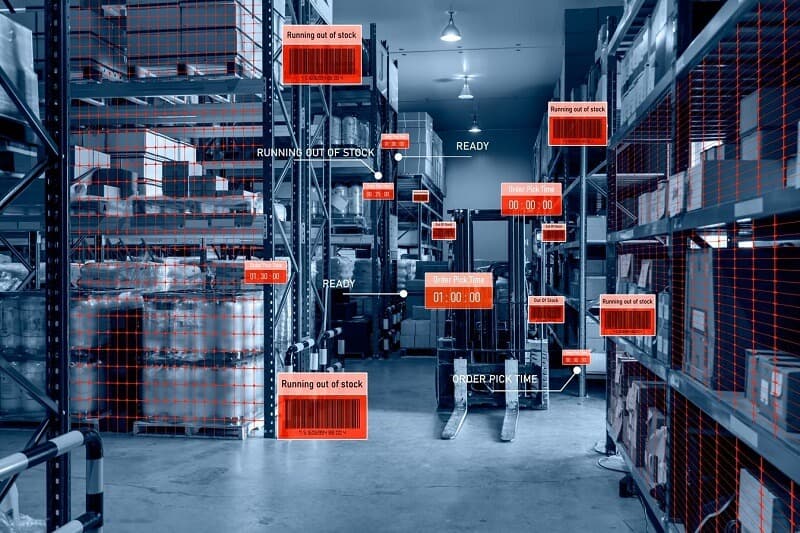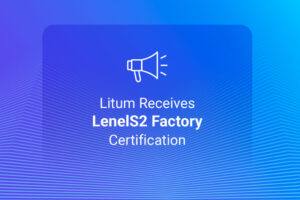Contents
It’s no secret that business intelligence is essential for success in the modern marketplace. However, gathering and analyzing data can be a complex and time-consuming process. Fortunately, there are business intelligence tools (BI tools) available that can make this process easier and more efficient. RTLS is one such business intelligence application, and it has the potential to improve business intelligence in ways that other methods cannot.
In this article, we’ll explore the benefits of using RTLS for BI and discuss how you can get started using this technology in your own organization.
What is Business Intelligence?
Business intelligence (BI) is a process that involves gathering data from all aspects of an organization and analyzing it in order to make better business decisions. This data can come from a variety of sources, including financial reports, customer surveys, market research, and so on. The goal of BI is to use this data to identify trends, key performance indicators, and patterns that can help a business improve its performance.
There are a variety of different business intelligence software, tools, and technologies that can be used for modern business intelligence, including data mining, business modeling, advanced analytics, and artificial intelligence. However, RTLS may be one of the most effective tools for this purpose. Let’s take a closer look at what RTLS is and how it can be used to improve business intelligence by integrating RTLS data.
What is RTLS?
RTLS stands for Real-Time Locating System. It is a technology that uses sensors and active RFID tags to track the location of objects and people in real-time. RTLS data can be used to create a map of the physical world, which can be helpful for business purposes. For example, RTLS data can be used to track the movement of goods in a warehouse or the whereabouts of employees in a factory.

Improving Business Intelligence with RTLS Systems
There are a number of ways that RTLS as a business intelligence tool can be used in improving business intelligence and gaining actionable insights to get greater operational efficiency. Here are some of the most notable benefits business users can get with RTLS:
Real-time tracking of goods and inventory
Real-time tracking of goods and inventory is one of the most obvious uses for RTLS. By tracking the movement of goods in a warehouse or store, businesses can get a better understanding of how products are being used and where they are most popular. RTLS data can be used in data analytics to make decisions about stock levels, product placement, and marketing campaigns.
Improved decision-making processes
RTLS data can be used to improve business decisions by providing a more accurate picture of what is happening in the real world. This data can be used to build models and predict future outcomes. In addition, the data can be used to train artificial intelligence (AI) algorithms to make better decisions.
More accurate forecasting and planning
Accurate forecasting and planning are essential for any business. RTLS data can help businesses to improve their forecasting and planning by providing information about past trends and patterns. This information can be used to make better decisions about future production, inventory, and marketing campaigns.
Enhanced safety and security
RTLS can be used to improve safety and security in several ways. For example, businesses can use RTLS to track the movement of employees in a store or warehouse. RTLS data can be used to identify potential hazards and make changes accordingly. A good example of how Litum does this is through forklift tracking and collision prevention.
Reduced costs and improved efficiency
RTLS can help businesses to improve their efficiency by providing data about how products are being used and where they are most popular. RTLS Data can be used to make changes to the way that products are distributed and marketed.
In addition, RTLS can help businesses to identify areas where costs can be reduced. For example, businesses can use RTLS data to identify areas where products are being wasted or stored in the wrong place.

Conclusion: RTLS and Business Intelligence
A business needs to be able to make quick, accurate decisions to stay competitive. This is where business intelligence comes in. BI can provide a company with the insights it needs to make sound decisions. However, to get the most out of BI, you need accurate data. The more data access you have, the better the picture you have. And that’s where RTLS comes in.
Traditional location tracking systems are based on GPS or IP addresses. While these technologies can be used to track assets and the location of objects, they are not accurate enough for business intelligence applications. RTLS provides much better accuracy, making it ideal for BI.
Another advantage of RTLS as a business intelligence solution is that it can be tailored to meet your specific needs. There are a variety of RTLS solutions available, so you can choose the one that best meets your requirements.
Litum is the global leader in providing indoor location tracking services. Our cutting-edge RTLS solutions are utilized by industry-leading firms to improve their business intelligence, continuity, and sustainability. With over a decade of experience, Litum has the expertise and knowledge to help your business transform its operations.
We offer a range of solutions in different industries that can help transform your business to greater heights.



